Entering Big House 4, William “Leffen” Hjelte experienced progressively declining results. The Swedish Smash Bros. player finished fourth at premier fighting games tourney Apex 2014 in January, fifth at Major League Gaming’s Anaheim tournament in June, and ninth at the unofficial world championship EVO 2014 in July. The temperamental player wears his heart on his sleeve and took to Twitter to vent, at length, his frustrations with his performance, his mental state, and virtually anything else. This persistent negativity over the months leading up to the Michigan event left many wondering if his mental game would be his undoing.
When Hjelte took down powerhouse Juan “Hungrybox” Debiedma and regular champion Adam “Armada” Lindgren at the Big House, those demons seemed exorcised. The Swede leapt into the air upon vanquishing his countryman, pumping his fist, shedding months of decline and disappointment through a third place finish. As an individual who very publicly deals with the twin burdens of negativity and acute self-criticism, his performance was more than just a check and a trophy. It validation that a year of disappointment was worth it.
Super Smash Bros. Melee has been out for 13 years. It’s a game that’s been loved to death by a casual audience for quite some time, its four-player action keeping fans of the series up for hours on end. But even these hardcore fans don’t compare to the gathering of competitors that arrived at the Sheraton in Romulus, Michigan on October 3.
The Big House 4 Smash tournament gathered the world’s top names from as far away as California, New Jersey, the UK, and in Hjelte’s case, Sweden. What transpired was an esports spectacle of world class proportions. Narratives nearly a decade in the making, a cavalcade of rising stars, a community of passionate individuals, and an outlook even brighter than its past made the weekend of October 4 one of the most enjoyable in recent memory.
If you’re watching the replays at home, rest assured that barely audible crowd noise on a YouTube video simply does not do justice to the drama and thrill felt in Michigan this weekend. After after a weekend yelling myself hoarse with a room full of fervent fanatics, one thing is clear: anyone who’s missing the action in person is simply missing out.
More Than Just Matches
As the tournament wound down to its final rounds, one confrontation seemed inevitable: Jason “Mew2King” Zimmerman vs. Joseph “Mang0” Marquez. The two met multiple times in 2014, with two of those meetings deciding the champions of premier Smash tournaments Apex 2014 and SKTAR 3.
This is no fluke. The pair are arguably the best of the pantheon of Smash champions. Zimmerman is a Smash robot; the product of years of exhaustive practice and study. At the venue, he is reclusive, appearing only to play his matches and then disappearing to his room or sleeping in the corner. He isn’t disdainful of the crowd, only operating in a manner that makes him comfortable, focused, and successful.
Marquez, on the other hand, is a gregarious prodigy. His finesse and combos arise from natural talent and ingrained instinct more than constant analysis and practice. The scruffy, charismatic figure could be found throughout the venue joking with old friends and signing autographs with regularity. The two are complete opposites of one another, and that’s what makes them the perfect rivals.
Making his way through the loser’s bracket, Marquez needed to win two best-of-three series in order to win the championship, Zimmerman one. The two traded blow after blow, erasing one another’s fleeting leads swiftly, pushing the first set to four games on razor’s edge. The dueling crowd alternated between chants of “Mango” and “Jason”, rallying their heros until voices were worn and nerves were frayed.
Ultimately, Marquez took the title, again. At first blush, it was a predictable result; something about Marquez’s skill or personality acts as Zimmerman’s kryptonite. To seasoned spectators however, it was the perfect crescendo. As two long-time players in the competitive scene, their rivalry is a representation of just how deep Smash’s roots are. The two best players in the world, their matches are a demonstration of how spectacular Smash can be when played at the top level.
What was missing if you caught the action at home, however, is the tangible personality of the competition itself. Every mannerism, habit, and idiosyncrasy that leads fans to either celebrate or deride esports professionals goes missing when brackets and matches are all that’s shown. Their struggle, their support, and their triumph can’t be broadcast on Twitch; their skill and speed even more remarkable in person. Esports is fortunate to have ubiquitous free broadcasts of spectacular performances, but some of the most compelling pieces of the puzzle simply don’t translate in any video resolution.
Putting on a Show for the Crowd
When Midwest veteran “Kels” took down Arizona-based player Jeffrey “Axe” Williamson, there was an energy in the room that has to be experienced to be understood. Very suddenly, the crowd came alive after being quiet for some time, chanting his name, lamenting every missed opportunity, and exploding when the deed was done. He, too, walked off stage to applause, handshakes, and the feeling that he did well by the home crowd.
Joey “Lucky” Aldama walked off stage to an audience chanting his nickname. “[This] feels amazing,” he said. “I feel like I always do well but I choke when I get into the big matches so I never got to play my best.” This time, however, Aldama found himself in an echelon that has eluded him for so long playing against a long-time friend and fellow Norwalk, California resident, Marquez. Aldama didn’t take home the crown that day, but the vocal appreciation of an audience witnessing his accomplishment first-hand was prize enough. “‘[Marquez] and I just played like we do at home. We just wanted to put on a show for the crowd.”
By-and-large, esports is a game that plays out on paper. There’s a very limited physical element that often disappears with years of practice and preparation; only your strategic decisions affect the abstract playing field. Compared to sporting events, where spectators can literally reach out and touch the field, the ball, and the goal, an intangible virtual field trapped inside a monitor hardly provides the same rush. This, combined with the ability for millions of esports fans to watch comfortably from home, has seemingly de-emphasized the importance of the live event experience.
However, if the tournament in Romulus has proven anything, it’s that the live, in-person experience matters. Interactions with players give new meaning to the proceedings. Witnessing the triumph first hand and personally congratulating your favorite player cannot be replaced. Being amongst fellow spectators, conversing about the game, and contributing to the din that follows a remarkable play is something that cannot be replicated in the comfort of your own home.
For now, Smash takes a bit of a break until Apex 2015 in January. The crowd will gather, as fervent as ever, ready to see big plays and big upsets. Hjelte will be there, Zimmerman will be there, Marquez will be there, and Debiedma will be there, carrying their stories, their skill, and their personalities with them. If the tournament in New Jersey is anything like Big House 4, then I’d suggest you mark the date.



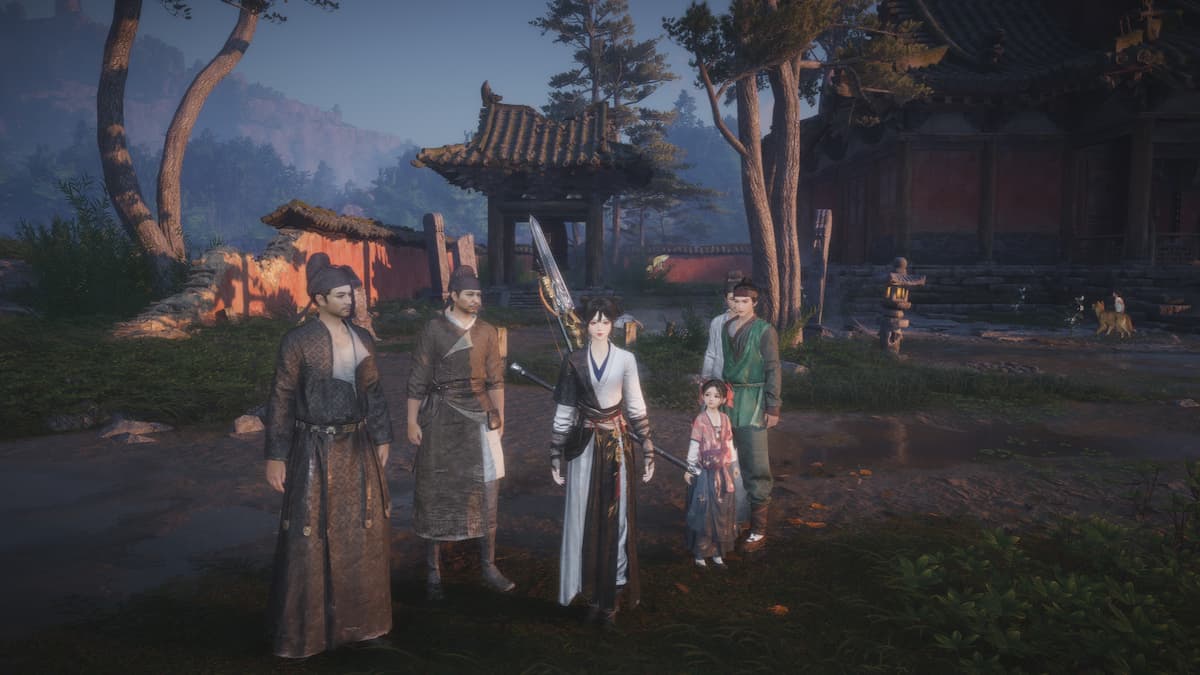

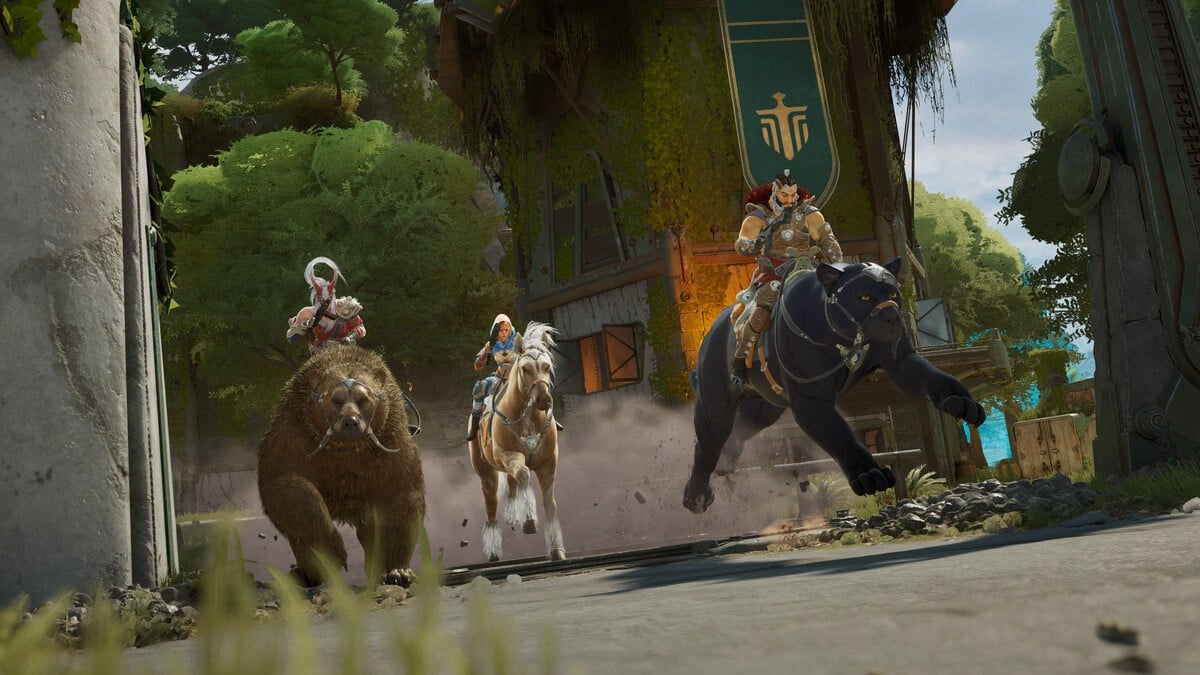
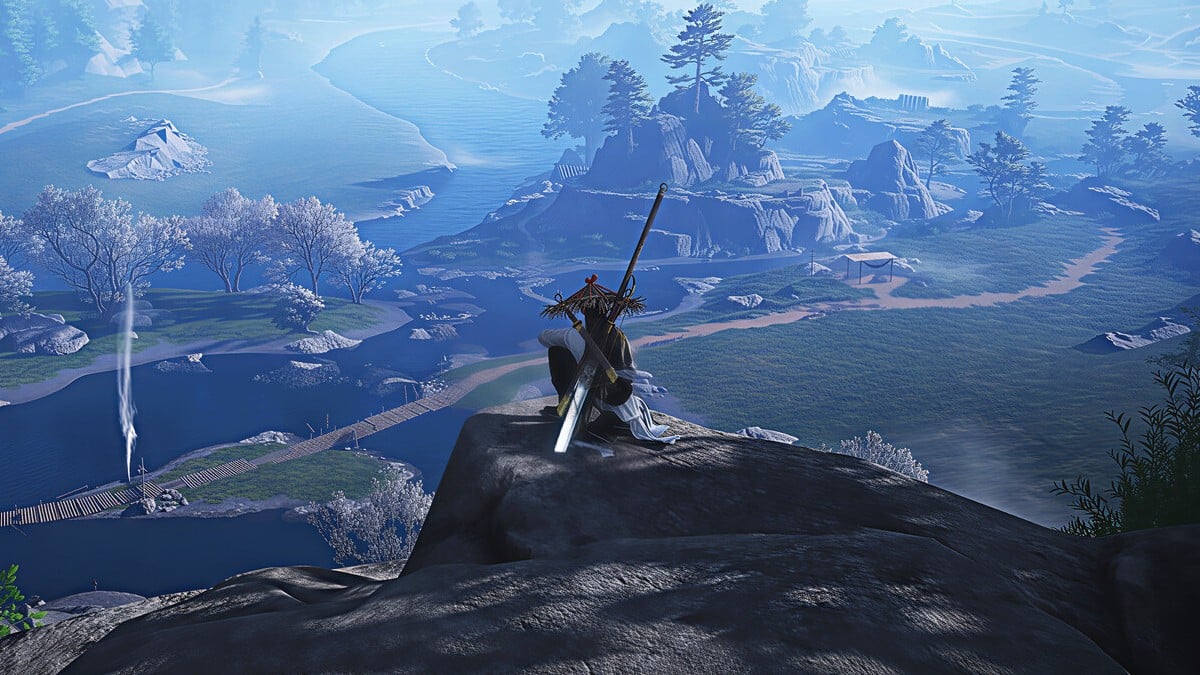
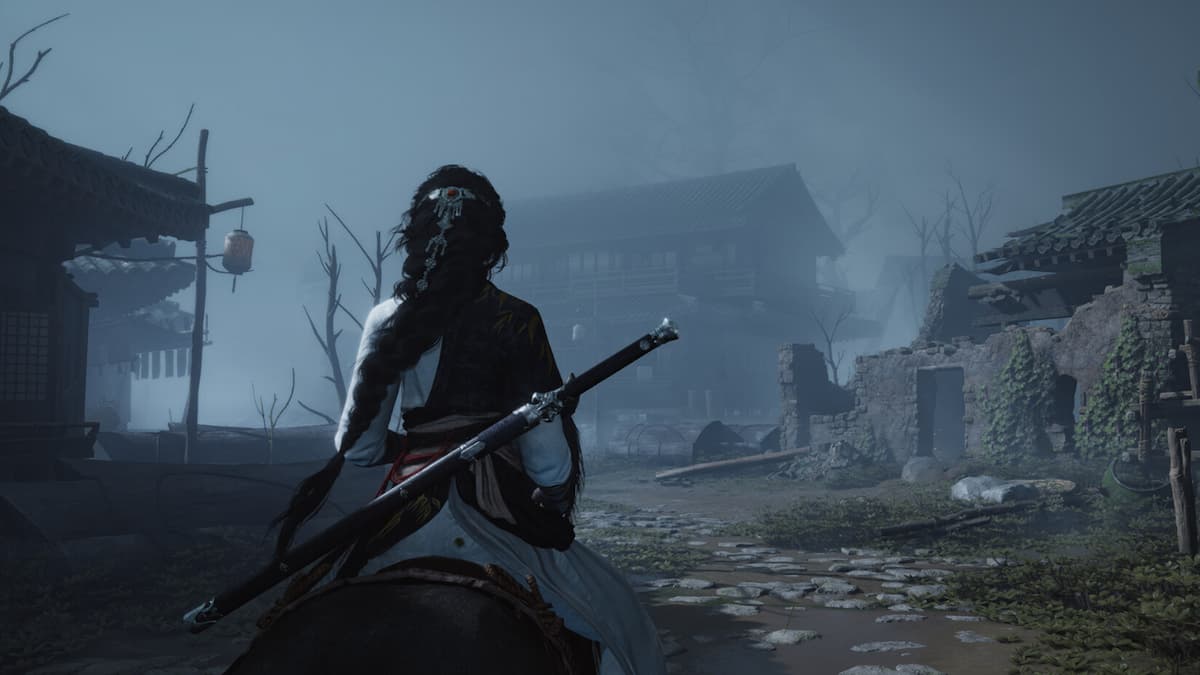

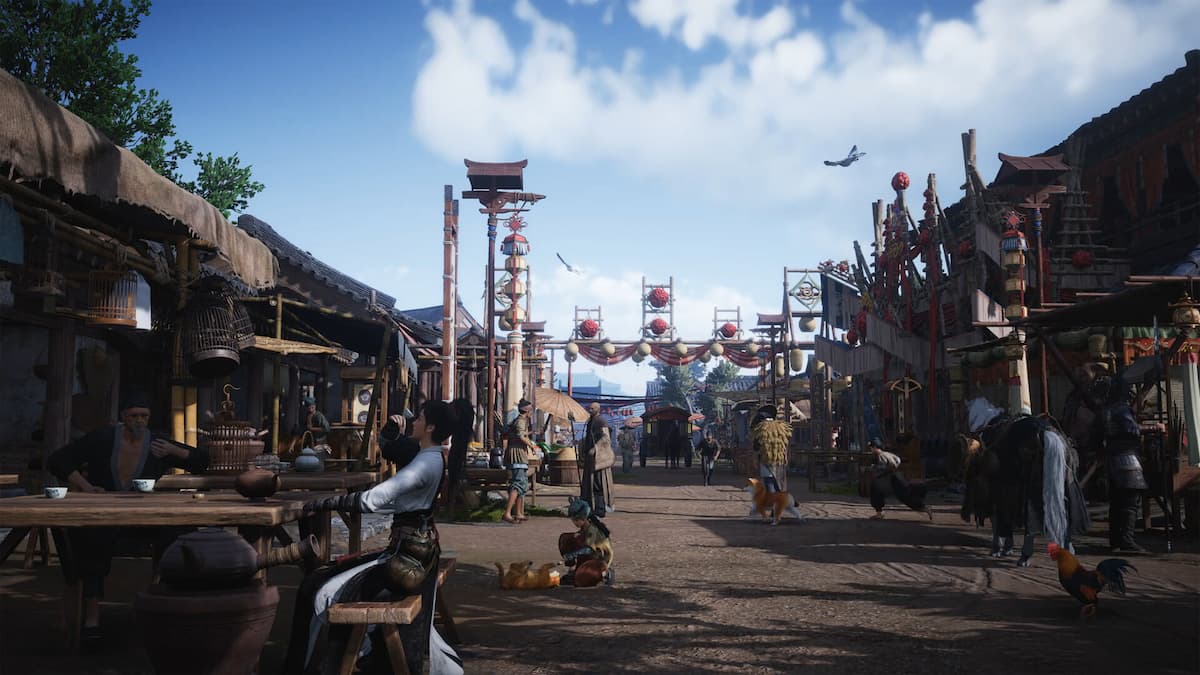
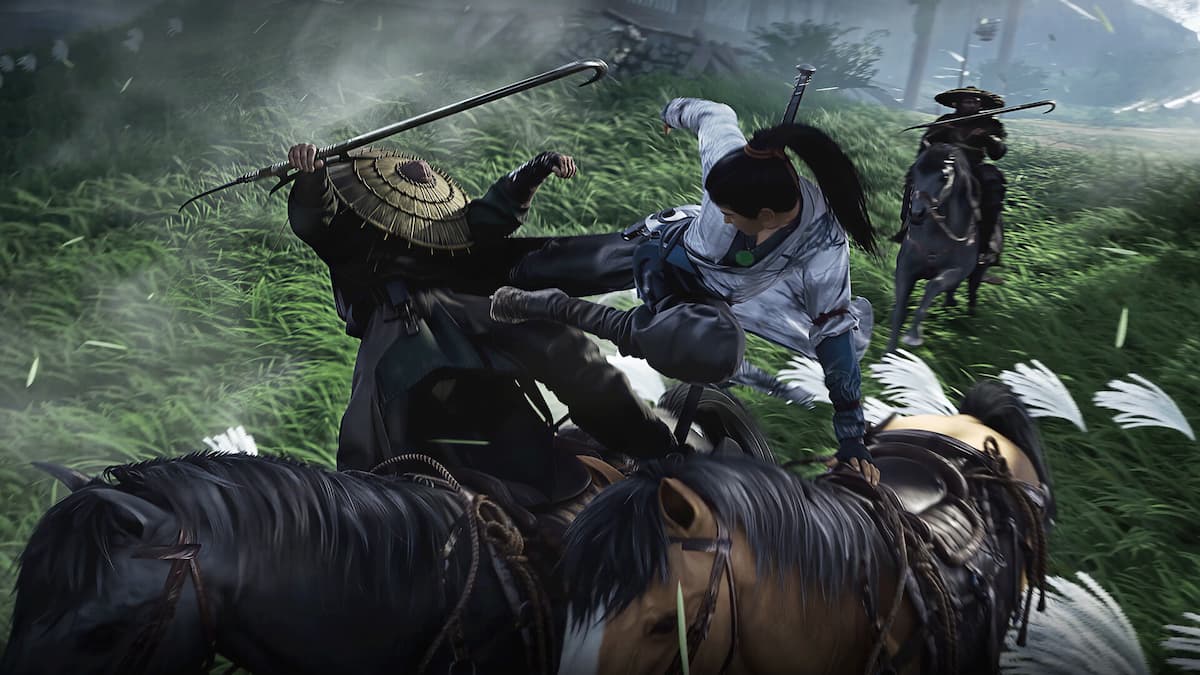
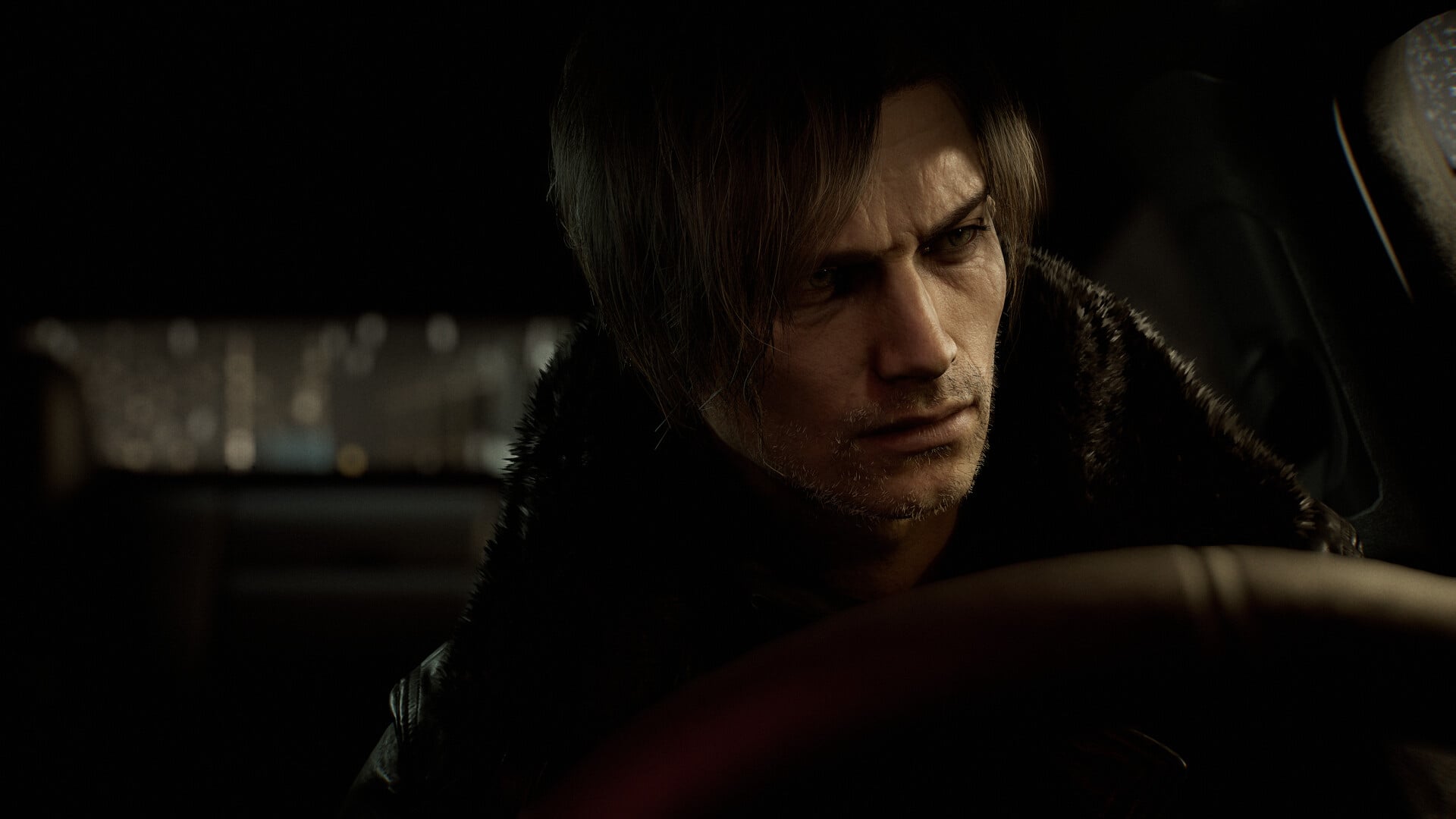
Published: Oct 10, 2014 01:35 pm